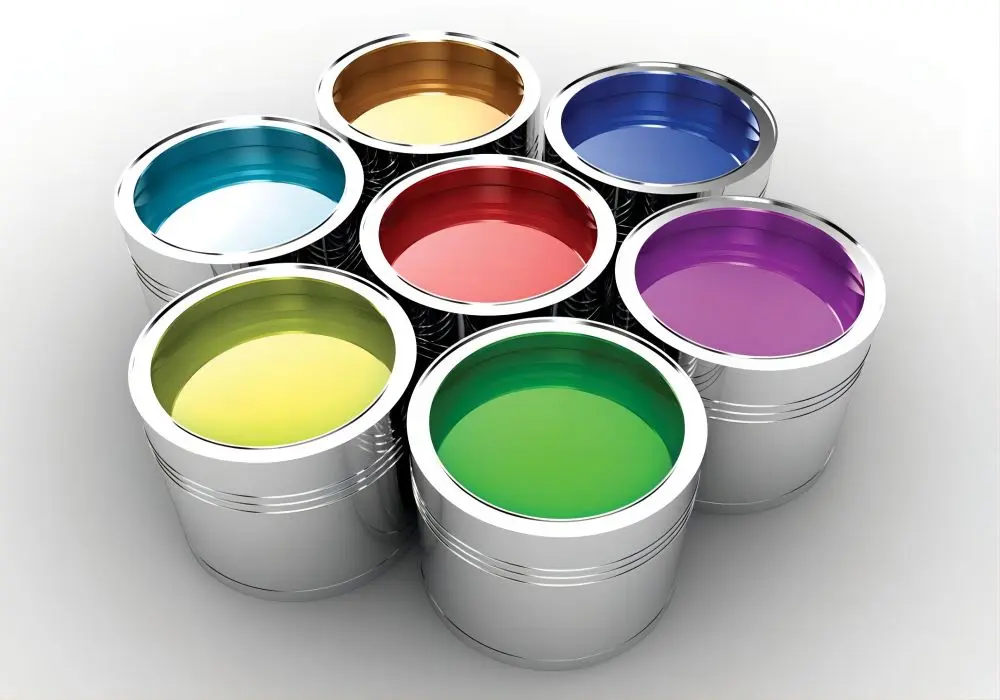Epoxy Phenolic Coatings Characteristics Performance and Applications in Canned Food Packaging
Currently, the main types of coatings used for canned goods include epoxy phenolic coatings, epoxy amine coatings, organic solvent coatings, ethylene-based coatings, polyester coatings, acrylic coatings, and epoxy ester coatings. The characteristics of various resins, as well as the performance and applications of coatings produced from them, are briefly outlined below.
Epoxy Phenolic Coatings:
Epoxy phenolic coatings are formulated using epoxy resin and phenolic resin in specific proportions. This coating system finds wide application in the field of metal packaging for cans, particularly as internal coatings for beverage and food cans.
Epoxy Resin:
Epoxy resin refers to a polymer with two or more epoxy groups, with a main chain composed of aliphatic, cycloaliphatic, or aromatic segments. The epoxy group content is a crucial indicator, and in beverage and food cans, high molecular weight epoxy resins, such as Type 7 and Type 9 epoxy resins, or even higher molecular weight variants, are often required. These resins exhibit excellent impact strength and toughness due to a high concentration of oxygen-containing groups in their molecular chains, providing strong bonding capabilities.

Phenolic Resin:
Phenolic resin is obtained through condensation reactions of phenolic and aldehyde monomers. It consists of numerous methylene (—CH2—) and rigid phenol linkages, featuring a structure with abundant polar hydroxyl groups. The molecular structure is rigid, lacking flexibility, and further curing of hydroxyl groups forms a three-dimensional structure consisting of C-C bonds. This close-knit structure imparts stability against various chemical substances, particularly notable for its corrosion resistance, especially in acidic environments. Epoxy phenolic coatings combine the advantages of both resins:
(1) Excellent adhesion to metal substrates;
(2) Superior processability;
(3) Outstanding chemical resistance (especially against sulfur and acids in food packaging);
(4) Good heat resistance and wear resistance;
(5) Low shrinkage and low porosity.
Due to its excellent corrosion resistance, epoxy phenolic coatings play a crucial role in three-piece beverage and food cans, as well as in two-piece drawn food cans. They are extensively used as internal coatings for various fruit juices, herbal teas, and cans containing highly acidic or sulfur-rich foods. Typically, epoxy phenolic coatings exhibit a golden color with vibrant and full hue, while also demonstrating outstanding physical properties (wear resistance and flexibility) and resistance to boiling. Therefore, epoxy phenolic coatings are frequently employed for interior coatings in mixed cans and external coatings for the tops and bottoms of beverage and food cans.
Epoxy phenolic coatings require baking at 200–205°C for 10 minutes for complete curing in a single application. Many epoxy phenolic coatings can achieve full curing at lower temperatures through multiple baking cycles. However, repeated baking of epoxy phenolic coatings can lead to a significant decrease in adhesion, severely impacting the quality of the coating. Additionally, the color of the coating darkens with each baking cycle. Therefore, attention must be paid to curing temperature and coating processes to minimize the number of baking cycles while ensuring complete curing.
Epoxy phenolic coatings exhibit good wetting and leveling properties on substrates such as tinplate, chrome-plated iron, and aluminum sheets, minimizing common surface defects. The surface treatment of the substrate also plays a significant role in this performance. During application, attention should be given to the viscosity; excessively high viscosity can impact the flow leveling effect and lead to surface defects, while too low viscosity can result in sagging. Dilution with specialized solvents should be considered in practical operations. Moreover, thorough stirring before use is essential to ensure the uniformity of the coating due to the presence of additives in the coating system.
Aluminum paste or zinc oxide is often added to epoxy phenolic coatings for packaging certain sulfur-rich foods, such as meats, seafood, and asparagus. The addition of mold release wax in such systems can be used for packaging canned luncheon meats. Aluminum paste primarily serves to block hydrogen sulfide generated during food sterilization from penetrating through the coating and to cover potential sulfide spots. Zinc oxide’s main function is to absorb hydrogen sulfide produced during food sterilization, preventing sulfide corrosion. However, the inclusion of aluminum paste or zinc oxide in epoxy phenolic coatings results in softer coatings, leading to decreased processability.
